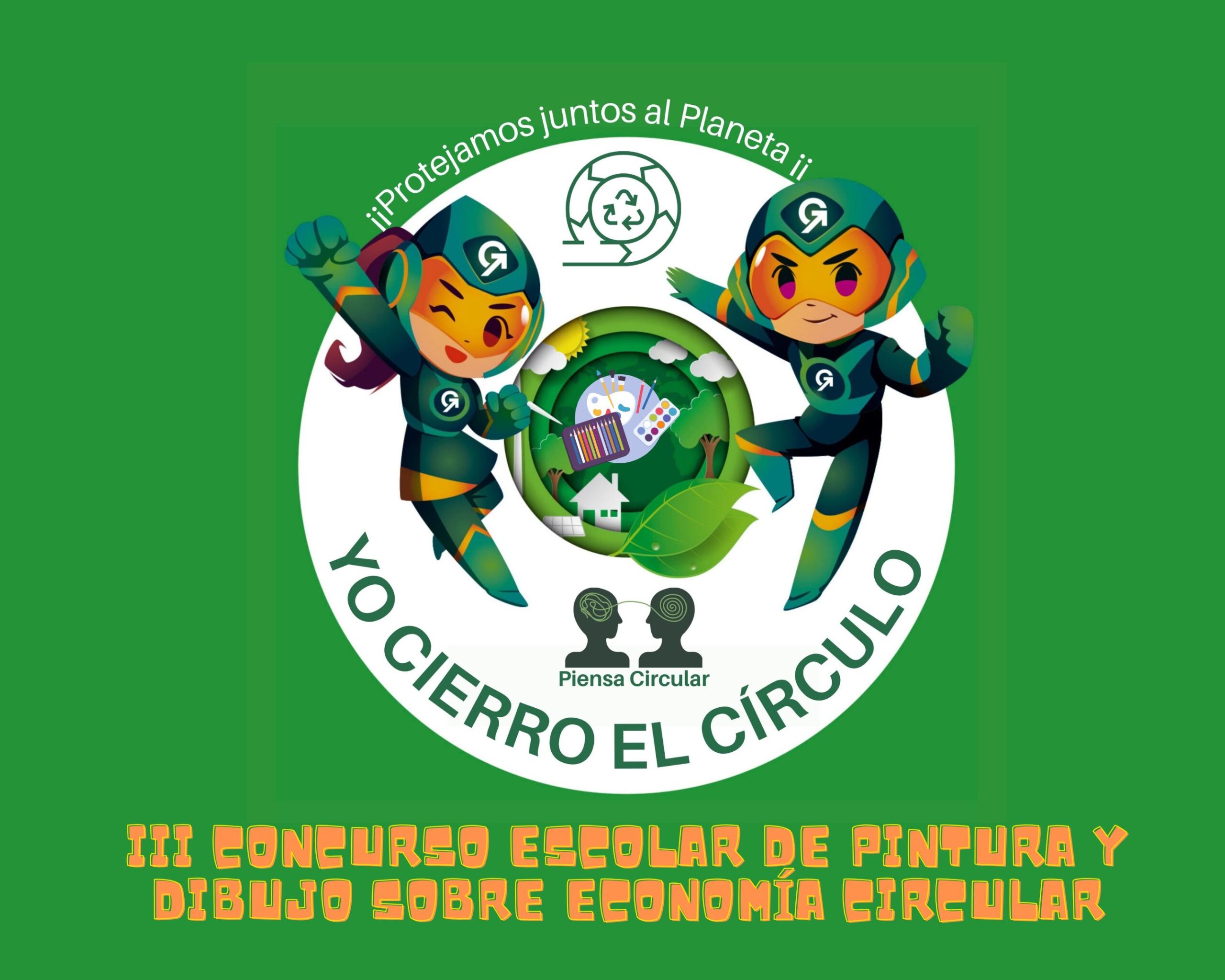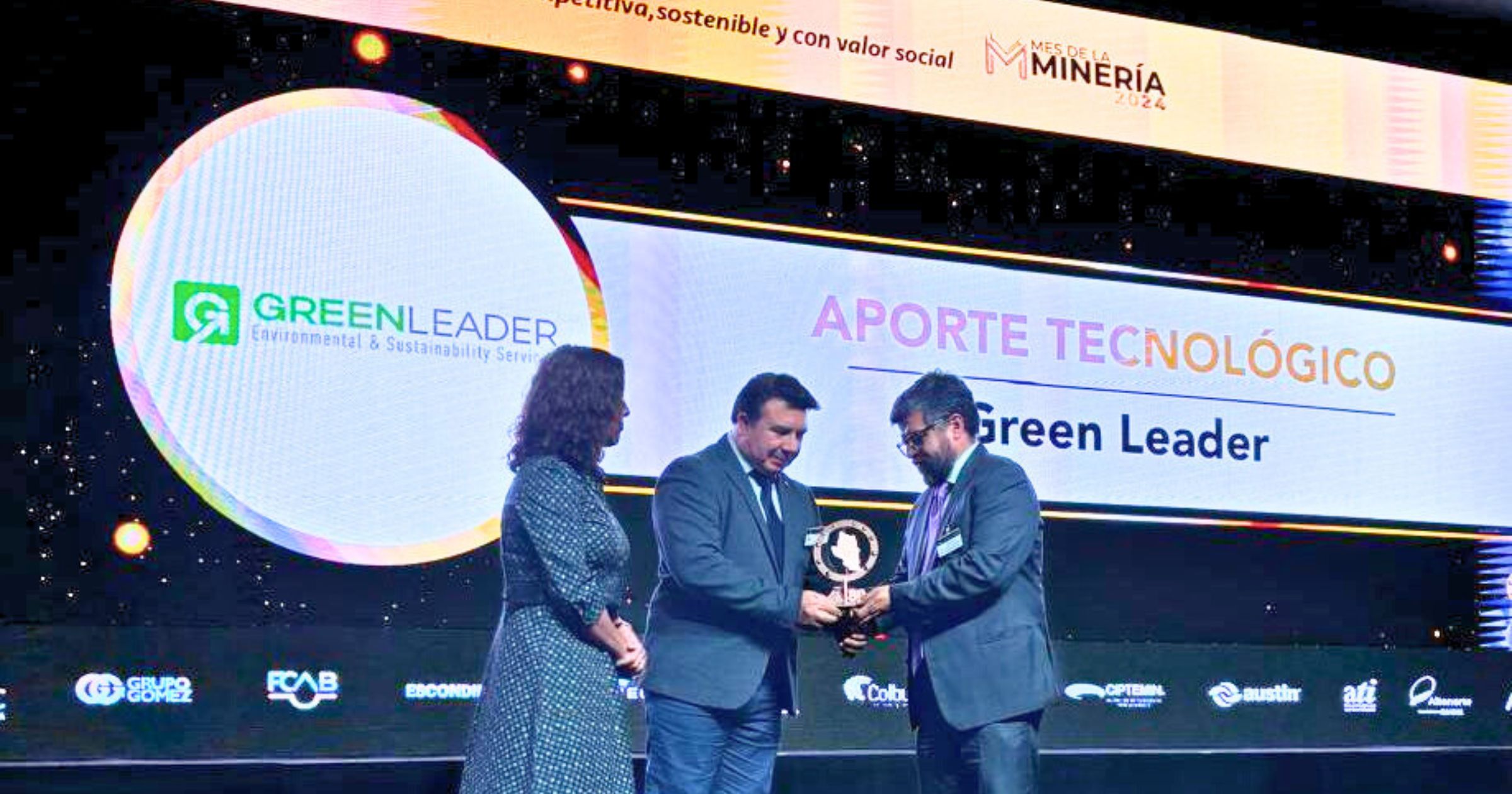FEB 24 | Our CEO, Javier Ramírez López, in the Special Edition 'Circular Economy and Waste' of InduAmbiente Magazine, sharing his opinion on the strategic role that suppliers play in the great purpose of achieving sustainability in the mining sector and how it becomes necessary to create tax incentives and access to credit for the supply of services to the industry to be sustainable from the source.
Circular Economy: Closing the Loop
By Javier Ramírez, CEO of Green Leader Environmental & Sustainability Services
Aristotle said that 'the whole is more than the sum of its parts,' trying to make us see that the result of a harmonious interaction of the energies of each of the parts makes the system work well. Nature is synergistic, for example.
While it could be argued that the Aristotelian axiom is challenging to grasp when it comes to concatenating processes, interactions, and the peculiarities of a complex activity such as mining, especially if higher levels of sustainability are needed to meet global demands for green production by 2050, the truth is that this 'synergy' could well be generated in the production process, provided that the circle is closed in the use of resources it employs. How? Through the Circular Economy, by combining the energies of the stakeholders who make up and influence the mining ecosystem.
In this regard, it is noteworthy that the Mining Competence Council, along with Chile Foundation's Eleva Program (CCM-Eleva Alliance), has announced the incorporation of the Circular Economy (CE) as a new formative competence 4.0 for technical-professional students and workers in the sector. It should not be forgotten that in the labor force of large-scale mining in Chile, over 70% corresponds to supplier companies, which - in sustainable terms - makes them crucial strategic partners for the sustainable future of the sector.
On the regulatory side, progress has been made with the Climate Change Framework Law (2022), the National Mining Policy 2050 (2021), the Green Hydrogen Strategy (2021), the Roadmap to the Circular Economy (2020), and the Extended Producer Responsibility (EPR) Law (2016). However, regulations and regulations focusing on Circular Economy for suppliers to the mining industry are required, creating tax incentives and credit access facilities so that the supply of services to the sector is sustainable from the source.
Today, the mining sector contributes to nearly 15% of the country's GDP, 60% of exports, and 20% of fiscal revenues, and there is no doubt that the projections are encouraging. Therefore, a strategy with a focus on suppliers, who form the base of the pyramid, is required. Those of us on this side, especially with applied circular economy services - as is our case at Green Leader- make a significant contribution to the industry's sustainability processes with our range of services. The question is how each part of the mining ecosystem generates a synergistic interaction that leads us to be much more than the sum of the parts.
#CircularEconomy #Suppliers #Mining #Services #GreenLeader #Incentives #Sustainability








